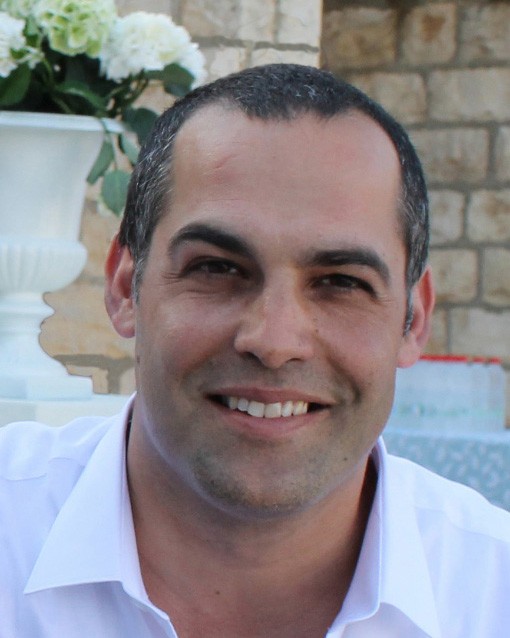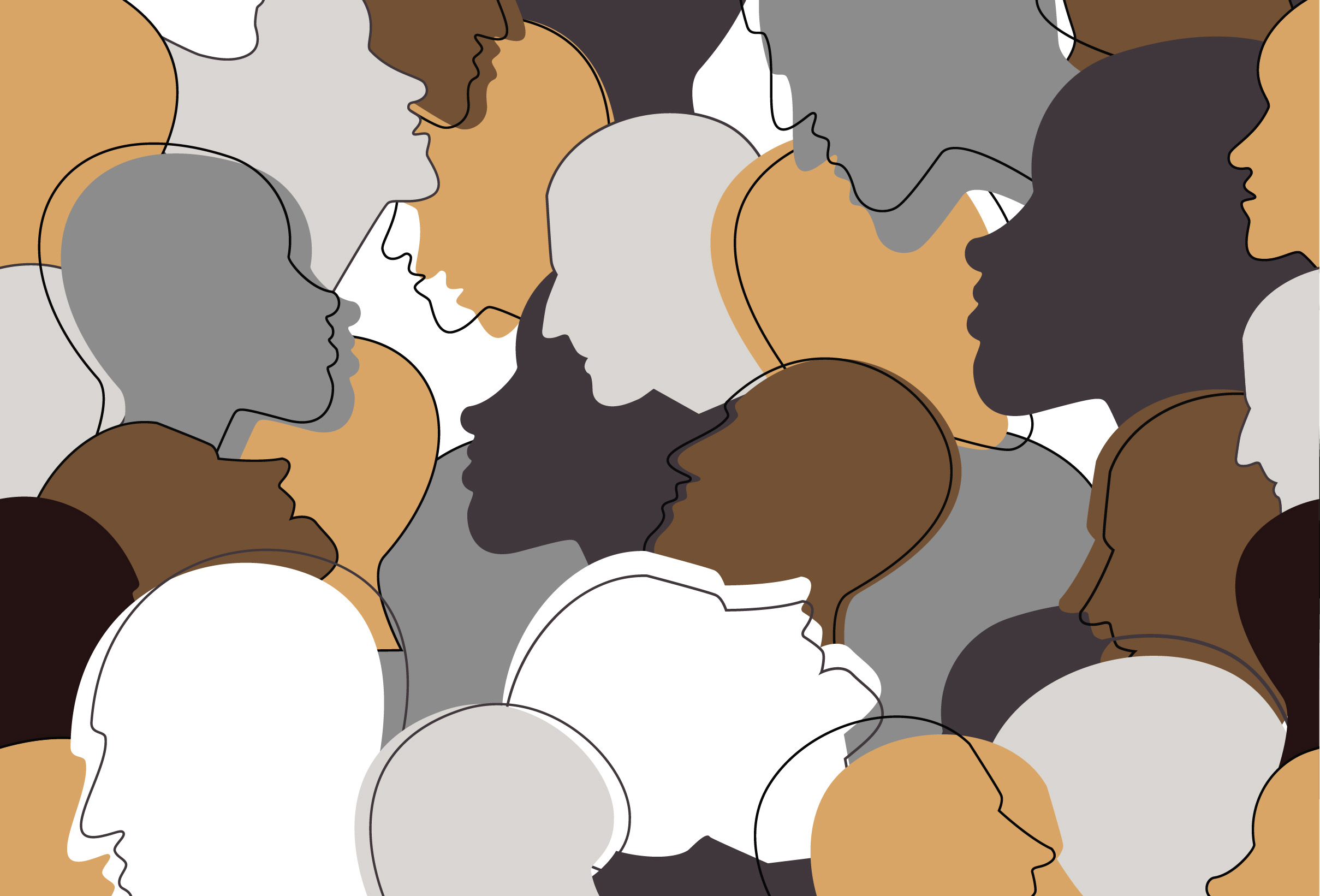Public Participation in Policy Making
Public servants are increasingly interested in opening doors to public participation in policy implementation. They want to understand better the very people they are in the business of serving. Dr. Yariv Sagi - strategic policy analyst, political adviser and Academic Director for our Contemporary Public Administration Management programme – defines public participation as the process by which people who are not elected officials or public servants take part in decision making on policy that is relevant to their lives. There is a long list of ways that the public can participate, among them public hearings, polls, formal objections, public voting and citizen forums.
“The government not only opens the door to the public,” he explains, “It also steps through the door and comes closer to the subjective realities of the people.”
When successful, public participation can lead to a better articulation of the community’s needs and clearer solutions to present challenges. Citizens accept more responsibility for policy implementation and take

on a sense of civic duty. It can help develop trust and consensus, leading to civic empowerment, and strengthen attachment and identification with the community among constituents. Public participation may be an effective tool for social change, creating a greater sense of control among citizens. In some instances, it may even shorten the process of policy setting and reduce costs.
Still, there are disadvantages and academics have been arguing for centuries about what happens when citizens participate in government. There remains the challenge of defining who is the public? There is a risk that some groups will be disproportionately represented and may manipulate the system to advance individual, rather than communal interests. In addition, there is often a lack of transparency and the processes themselves can encourage conflict. In some cases it makes the process of policy setting more expensive and lengthy.

Rational and Irrational Decision Making
A central challenge is related to the fact that we cannot assume that people decide rationally. Research shows that much decision making in public life is reached by irrational processes. According to Sagi, a rational decision making process would look something like this:
- Identifying the problem or opportunity
- Brainstorming alternative solutions
- Evaluate alternatives and selecting a solution
- Implementing and evaluating the solution chosen
Such a process can be expected of professionals, but not of citizens, leaving the question of whether the issue would not be solved quicker and more responsibly by a professional.
Addressing the Risks
Sagi explains that the following questions must be considered in order to responsibly involve the public in policy implementation.
Who should participate?
In what matters should they get involved?
At what stage will they participate?
What is in fact the larger public interest?
Managing Public Participation
Part of managing a participation atmosphere involves building trust bottom up, says Sagi.
Officials must examine the social environment and learn the composition and characteristics of the community, especially the competing interests. They must understand the entire community’s agenda. It is important to take note of what is important to the groups in the margins and review the history of the community. Sagi calls this “social scanning”.
When deciding to involve the public, there must be a long term commitment to building a relationship with a common vision that brings the government and the people together. The government must also logistically lay down the foundations to enable the public to participate and communicate with it. Sagi elaborates on the ways available channels that can be used in his Contemporary Public Administration Management programme.
When implemented responsibly, enabling the public to participate in policy making can benefit the community greatly and strengthen the relationship between government and the people, enhancing trust in government. But it MUST be implemented carefully.

